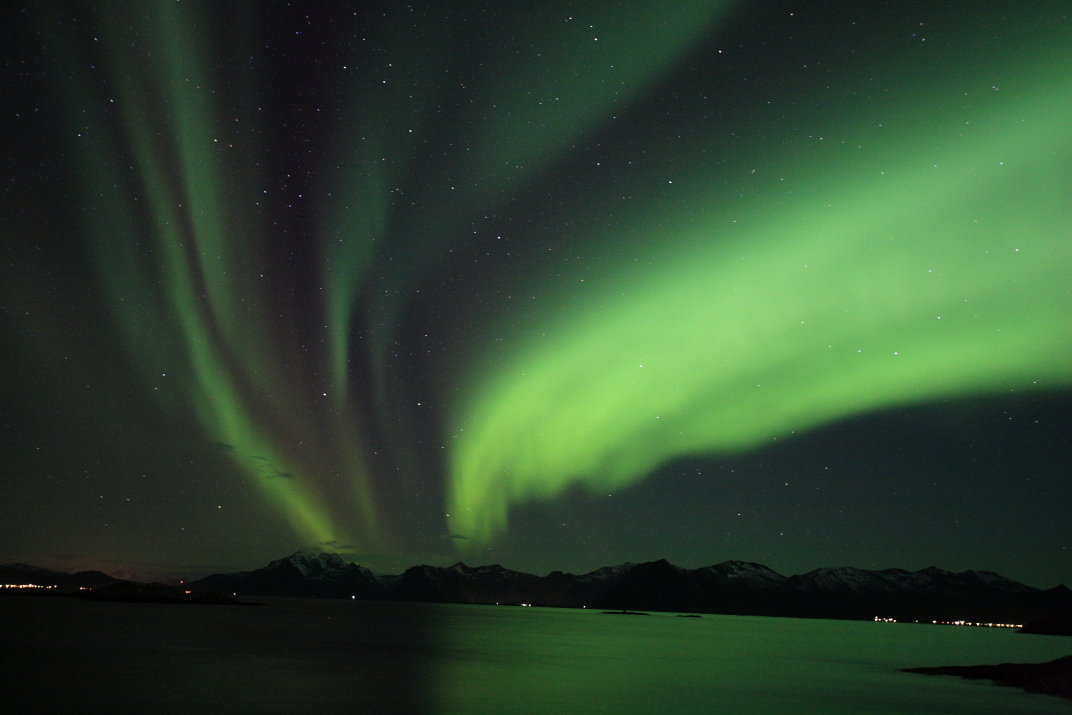Photos, videos and writings by Randall Hyman in the Arctic chronicling science, technology, culture and geopolitics through the lens of climate change. All photos and videos on this website are copyrighted property of Randall Hyman and may not be used without permission.
Connecting my work in the Arctic with global issues of environmental and social justice has long been my mission. As an unexpected spinoff of that work, I was recently honored by Principia College as their 2024 Changemaker Speaker.
CLICK PHOTO TO READ ANNOUNCEMENT:

In the far north of Svalbard, scientists of the Norwegian Polar Institute have a critical timeline—unlocking and understanding the hidden secrets of a globally vital ecosystem before it disappears.
CLICK PHOTO TO READ ARTICLE:

Blocks of ice fly in all directions and ocean waters explode into air as huge wall of Kronebreen glacier plummets into sea in July at Kongsfjorden; Svalbard, Norway. © Randall Hyman
Here is more coverage from my trip earlier this year aboard the expedition ship Helmer Hanssen with researchers who are looking at the biological impacts of steadily increasing artificial and natural light in the Arctic Ocean.
CLICK PHOTO TO READ ARTICLE:

R/V Helmer Hanssen deck hand deploys Frankenstein instrument suite for measuring marine optical qualities during polar night; Svalbard, Norway. © Randall Hyman
When I first interviewed Longyearbyen’s newly elected mayor, Arild Olsen, in late January 2016, jobs were an urgent issue. Seven years later, with Olsen still in charge, climate change has taken center stage instead. Here is Olsen’s view from the top of the world, in the fastest warming town on Earth.
CLICK PHOTO TO READ INTERVIEW:
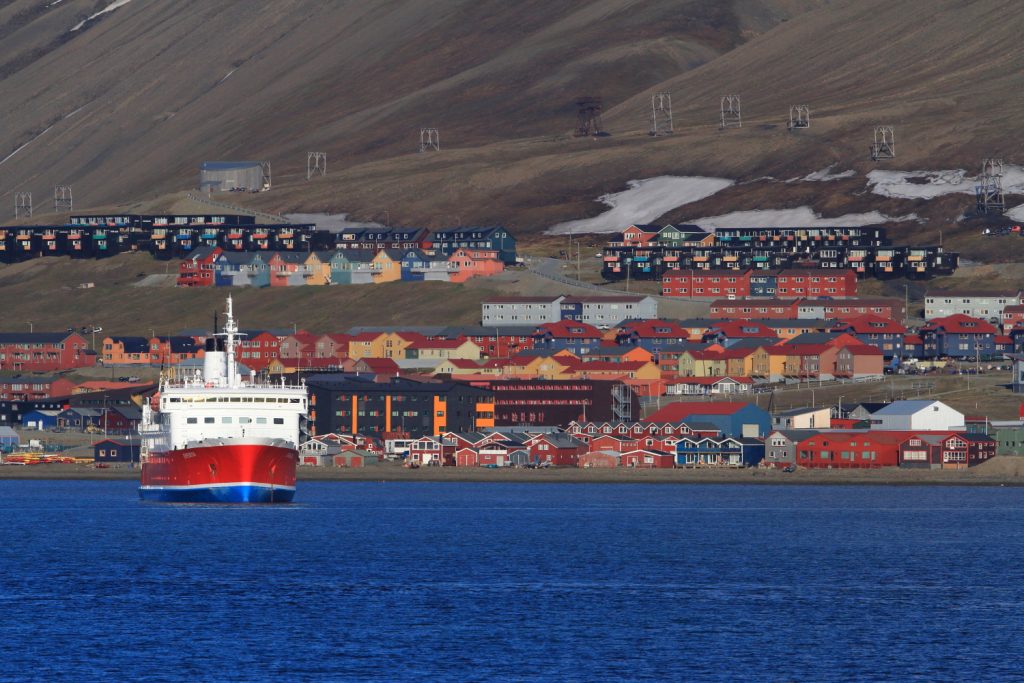
Colorful homes and buildings line hillside above Longyearbyen harbor in July; Svalbard, Norway. © Randall Hyman
For these researchers, their mission is simple but profound: disappear. This new article in Nature documents efforts to study light-threatened species in the polar night.
CLICK PHOTO TO READ ARTICLE:
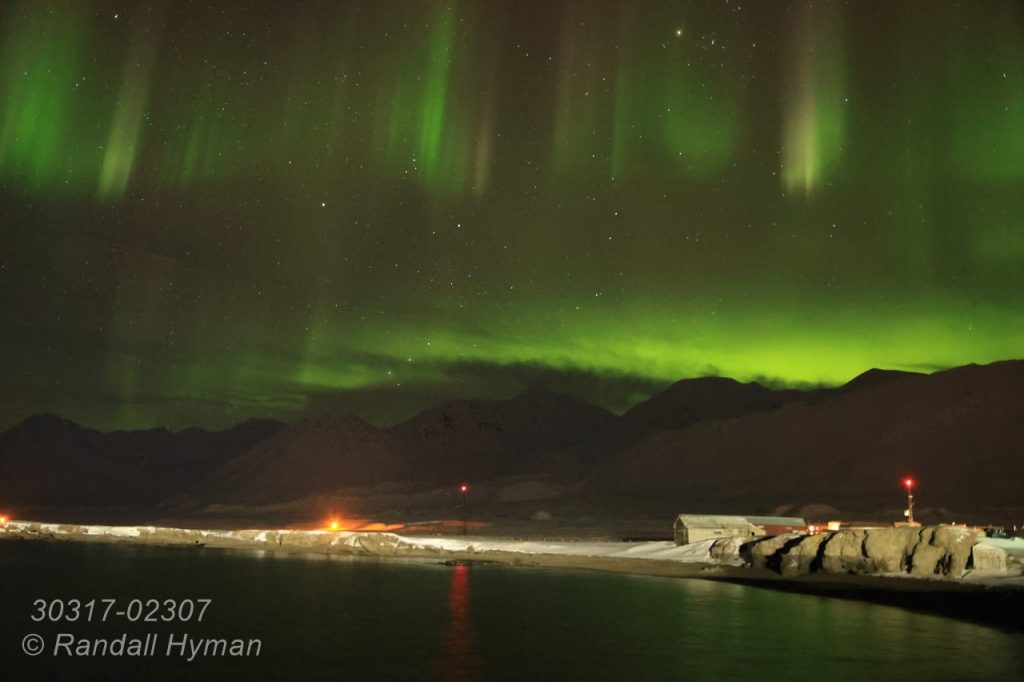
Aurora borealis, aka northern lights, at Ny-Alesund science village in polar night of mid-January Kongsfjorden, Svalbard archipelago, Norway. © Randall Hyman
Forests not only capture the atmosphere’s excess carbon dioxide, but also store vast quantities of it. Biologists and foresters from Tufts and Harvard universities say that “proforestation”— retaining and protecting already-established mature forests — is more efficient and economical than reforestation. Conservationists in southern Illinois are proposing a new kind of national park, or “climate preserve,” that would help stanch climate change by protecting mature forests from logging.
CLICK PHOTO TO READ ARTICLE:
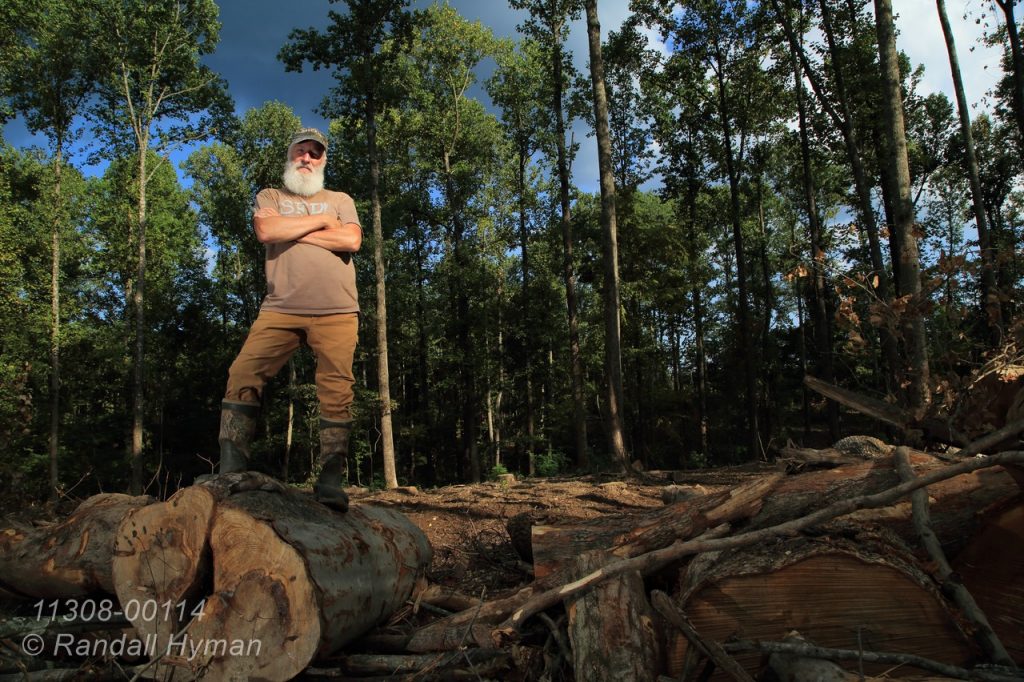
John Wallace, conservation activist and co-founder of Shawnee Forest Defense, views logging site at Bean Ridge in Shawnee National Forest; Thebes, Illinois. © Randall Hyman
While climate change and environmental justice are key issues for northern Europe’s only Indigenous people, the Sámi, all Arctic peoples are in crisis. Temperatures are rising twice as fast in the High North as the rest of the globe, but climate change can be traced southward across Canada, Alaska, and the American Southwest, where remote Native peoples are feeling the heat as well. Read about how Navajo women are taking matters into their own hands across Arizona and New Mexico.
CLICK PHOTO TO READ ARTICLE:

Arizona state representative Jasmine Blackwater-Nygren, seven-months pregnant, poses in full traditional Navajo attire at her paternal grandmother’s lands southeast of Red Mesa in Sweetwater, Arizona. © Randall Hyman
Few countries have leapt as dramatically from rural to urban as Iceland did in the latter half of the 20th century. The century that began with rural residents outnumbering urban nine to one, closed with 95 percent of the population concentrated in cities—nearly two-thirds in metro Reykjavík. This photo essay highlights a time of rapid change in the 1970s and early 1980s when I lived in Iceland, and many older Icelanders still hailed from farms or tiny coastal villages.That same decade, Iceland unplugged its last hand-operated farmhouse telephone switchboard and bridged the final gap in its ring road, forging a nation where all roads and communications led to the capital.
CLICK PHOTO TO VIEW ESSAY:
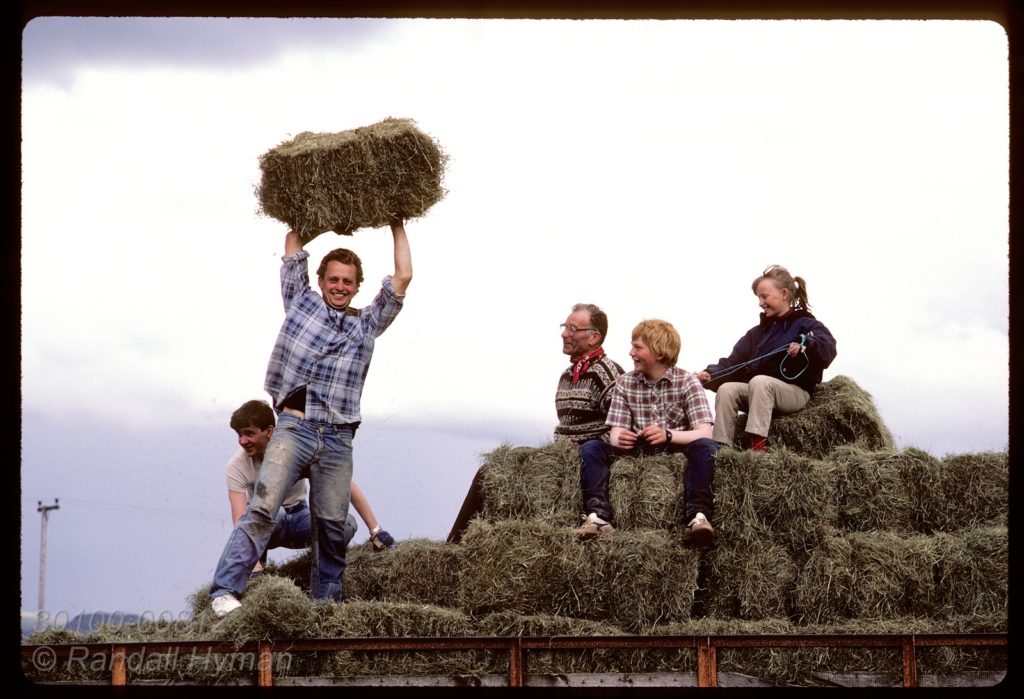
Family relaxes atop hay wagon after long day of work near Skalholt Iceland. © Randall Hyman
While temperatures in the Arctic are rising twice as fast as the rest of the world, the greenhouse gases fueling this change come from much farther south in North America, Europe, and Asia. One of the highest concentrations of methane in the United States hovers over the remote Four Corners region of the American Southwest where oil and gas wells proliferate, encroaching on sacred Native lands and one national park. Debate rages there over whether to sacrifice timeless natural and cultural treasures for short-term financial gain.
CLICK PHOTO TO READ ARTICLE:

Early morning light and clouds showcase Fajada Butte in late July at Chaco Culture National Historical Park, New Mexico. © Randall Hyman
In late winter, far above the Arctic Circle, Norway’s Finnmark region comes alive as reindeer prepare to migrate from snowy highlands to coastal lowlands to bear young and fatten up throughout summer. The Sámi people have followed this migration for millennia, but their culture is rapidly changing in the face of climate change and globalization. This video features Sámi individuals who are showcased in the traveling exhibit, Sámi Dreams.
CLICK PHOTO TO VIEW VIDEO:
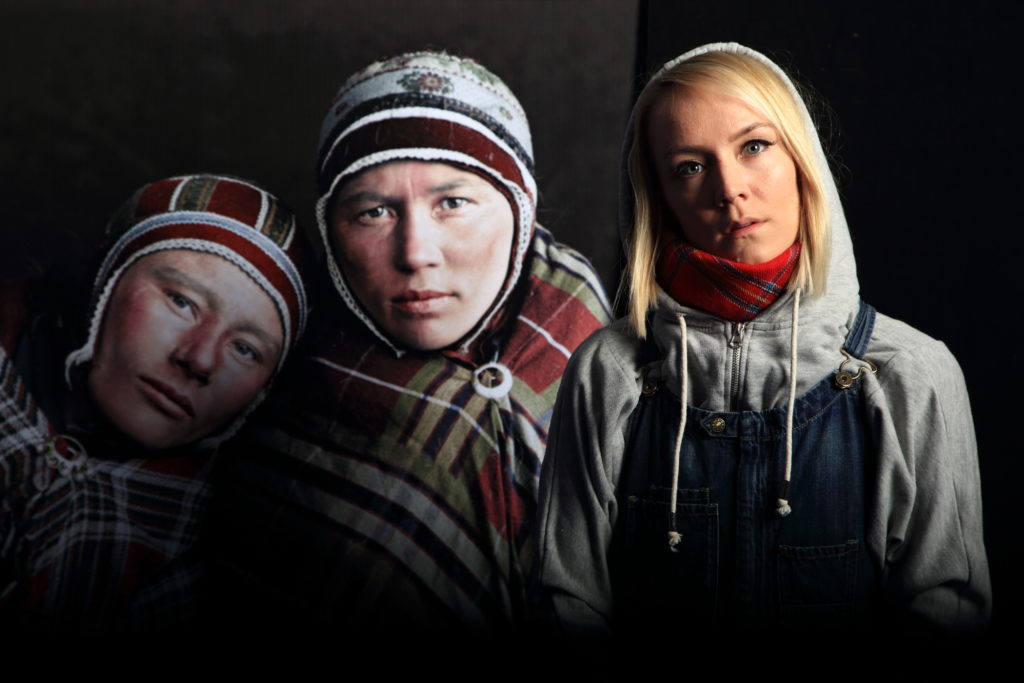
With a soaring career touring the world, Elle Marja Eira borrows from her Sámi roots for songwriting and singing. © Randall Hyman
With a front row seat on climate change, the Sámi have watched as rapid shifts in ecosystems north of the Arctic Circle increasingly threaten their way of life. At the same time, they have leapt from being second-class citizens forced into schools that banned their language, to a semi-autonomous people with their own parliaments in Norway, Sweden and Finland. Read about their lives in their own words in the Spring 2019 issue of Scandinavian Review magazine, and listen to them speak by pointing your smart phone at the QR codes below each person’s words.
CLICK ON PHOTO TO READ ARTICLE:
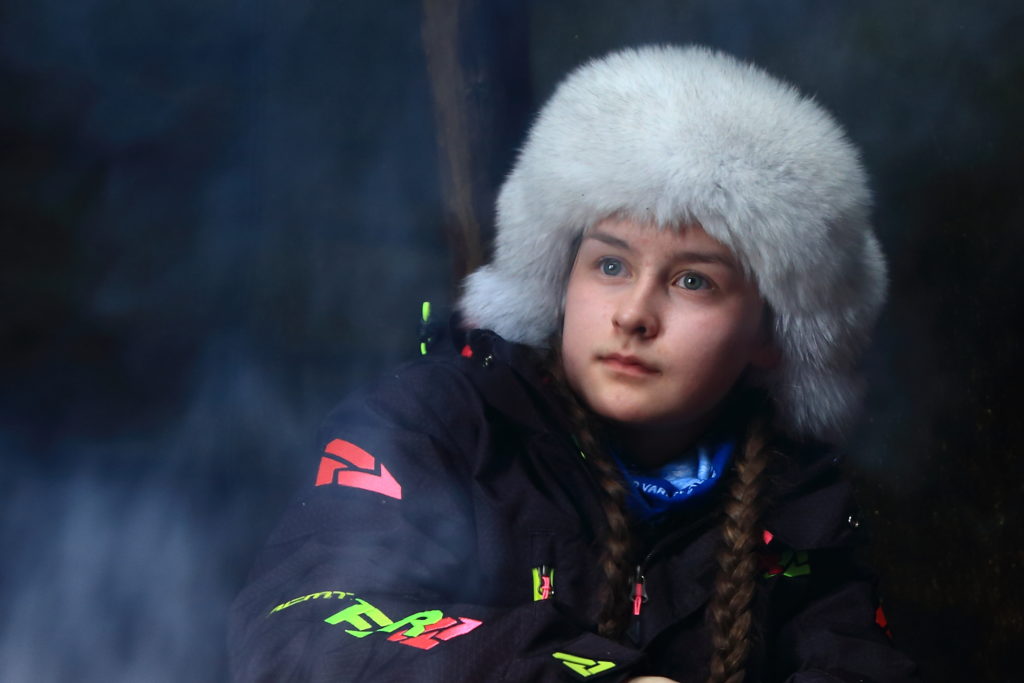
Aina Emilia Siri Bals, fifteen years old, sits in lavvu, or tipi, dreaming of a bright future, unfettered by her people’s painful past. © Randall Hyman
The Sámi Dreams exhibit has officially opened and is debuting at Norway House in Minneapolis through June 9th!
CLICK PHOTO TO VIEW ANNOUNCEMENT:
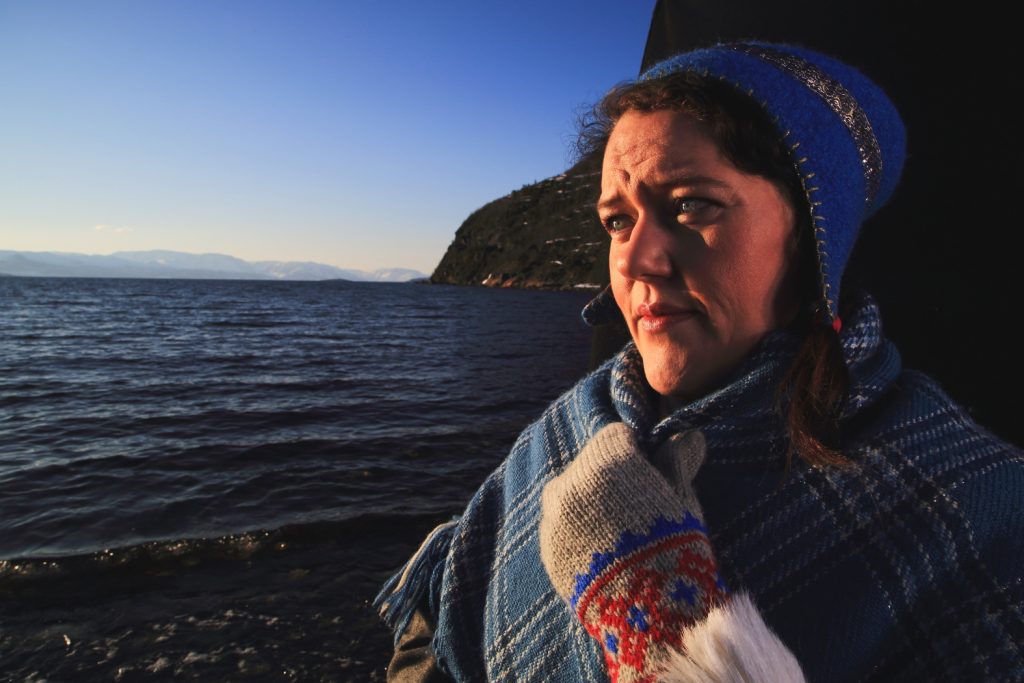
As a member of Sami Parliament and a Sea Sami with deep roots along the wild northern coast, Silje Karine Muotka makes her people’s voices heard concerning climate change, marine pollution and indigenous rights. ©Randall Hyman
SEA-ICE ALGAE LEAD MYSTERIOUS LIVES. Some hang like slimy greenish-brown beards from the underside of ocean ice while others thrive in tiny brine channels that form when seawater freezes. Essential to the survival of creatures from tiny krill to penguins, seals, polar bears and blue whales, ice algae are also elusive. That’s why scientists sail to the ends of the Earth to study them, and why I found myself a few years ago peering over the side of the Norwegian research ship Lance, zigzagging toward the North Pole…
CLICK PHOTO TO READ ARTICLE:

Diver from Norwegian Polar Institute research vessel RV Lance swims beneath pack ice with suction device in search of zooplankton samples at 82 degrees north latitude, far north of Svalbard, Norway. © Randall Hyman
A new study of krill collected 15 years ago in Antarctica’s Scotia Sea suggests that seasonal sea ice plays an important role in both the Antarctic and Arctic food chains by hosting carbon-sequestering ice algae in early spring and creating calmer seas both before and after the late-spring melt. Calm seas create a more stratified water column that allows phytoplankton to hang near the surface and absorb more sunlight for maximum photosynthesis. Zooplankton like krill thrive on this rich diet and support a more robust food chain. Researchers tracked productivity with a recently discovered lipid marker that is produced only by ice algae. This vital role of sea ice will dramatically diminish as ice-free waters expand across polar seas.
CLICK PHOTO TO READ ARTICLE:
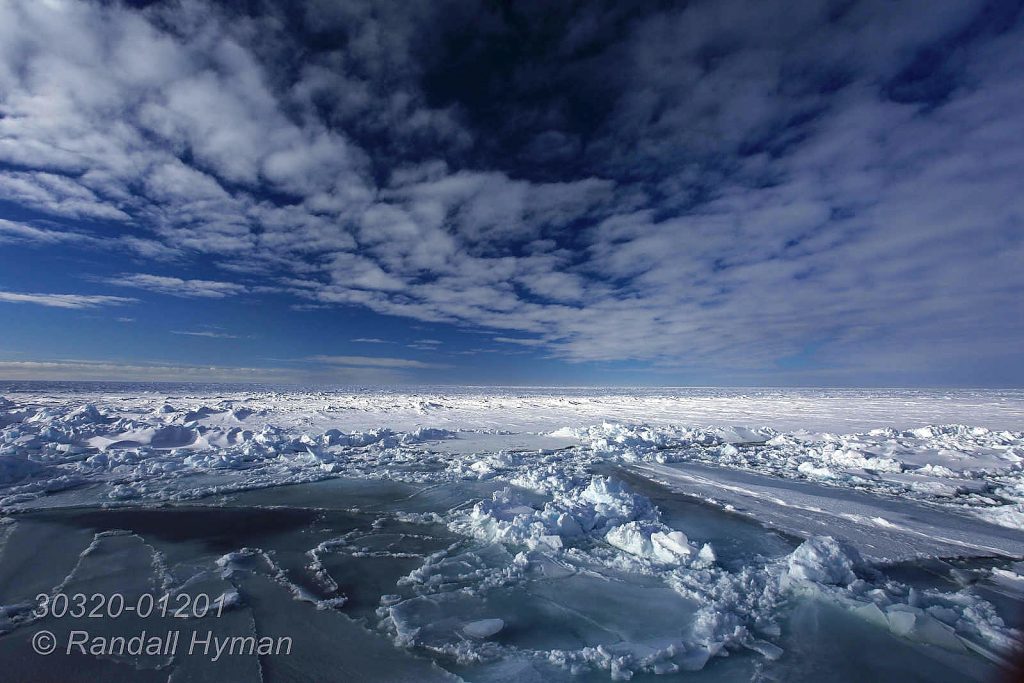
Polar ice pack creates vast frozen landscape stretching to horizon across the Arctic Ocean near 83° north latitude in April 2015, far north of Svalbard, Norway. © Randall Hyman
During a month of portraiture of modern Sami society, I am also photographing how the land and people transform as sunlight returns. The Sami call Norway’s northernmost region home and use springtime to celebrate confirmations and baptisms in resplendent, traditional attire.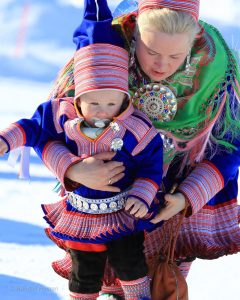
It is also a time for music festivals,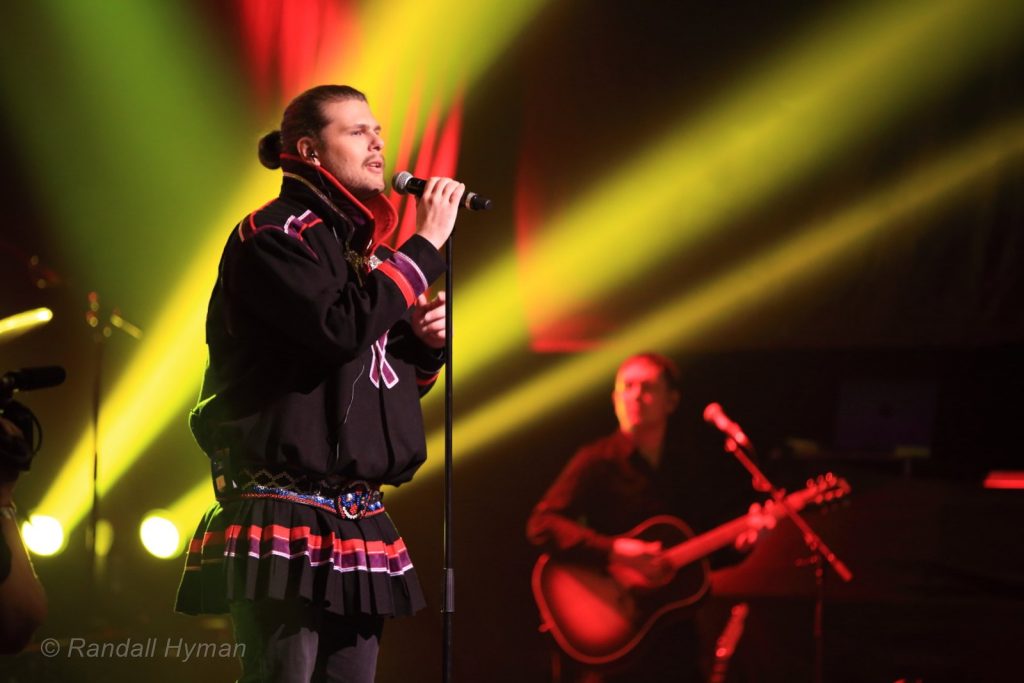
reindeer racing… 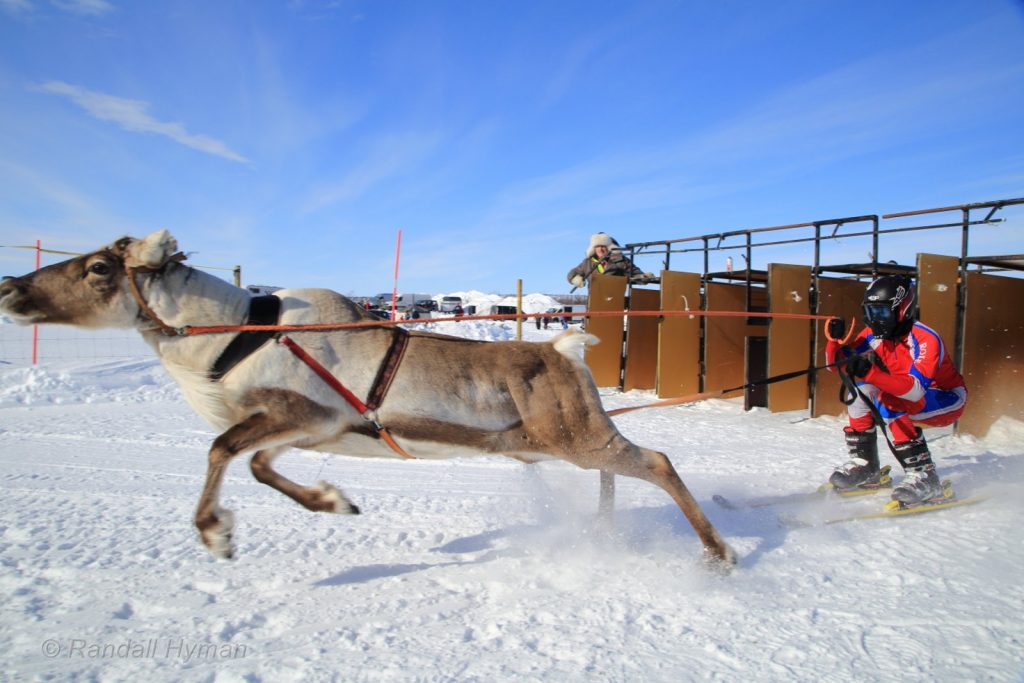
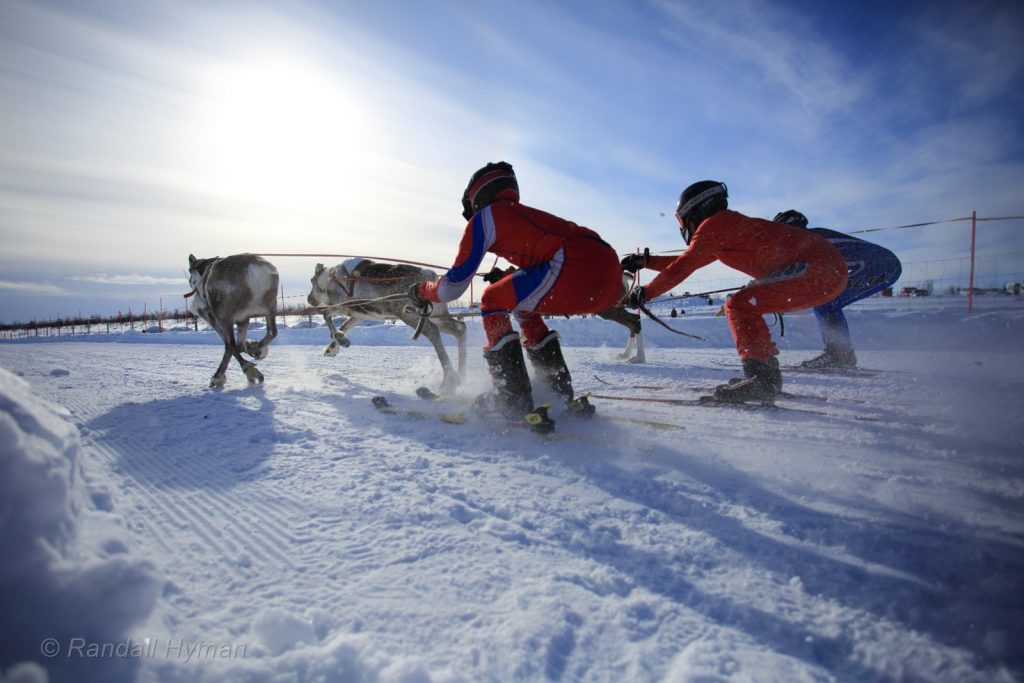 and snowmobile motocross, even for the tiniest contenders!
and snowmobile motocross, even for the tiniest contenders!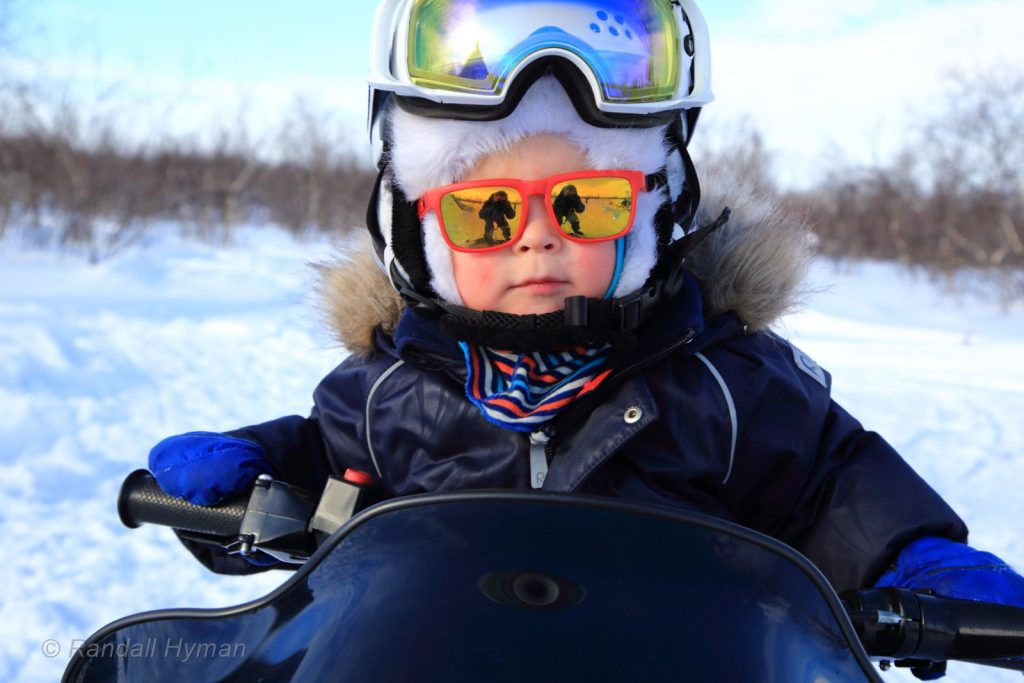
error: Content is protected !!
